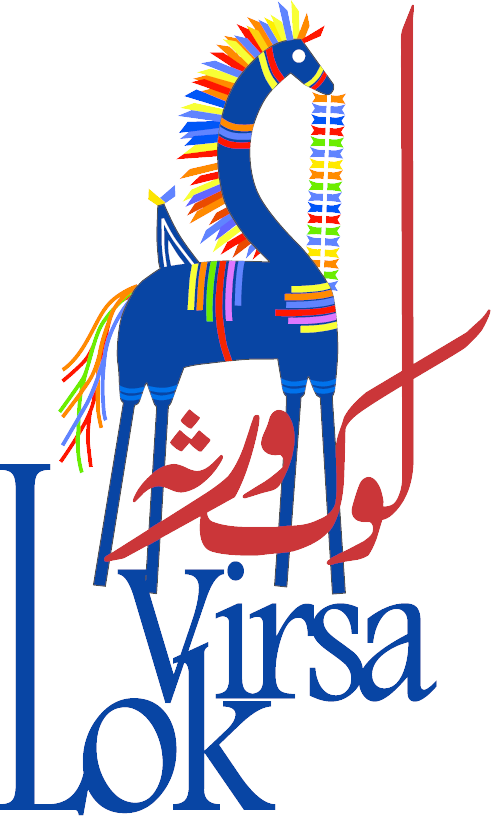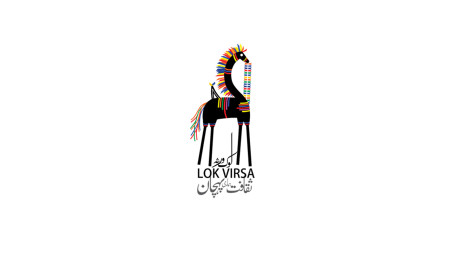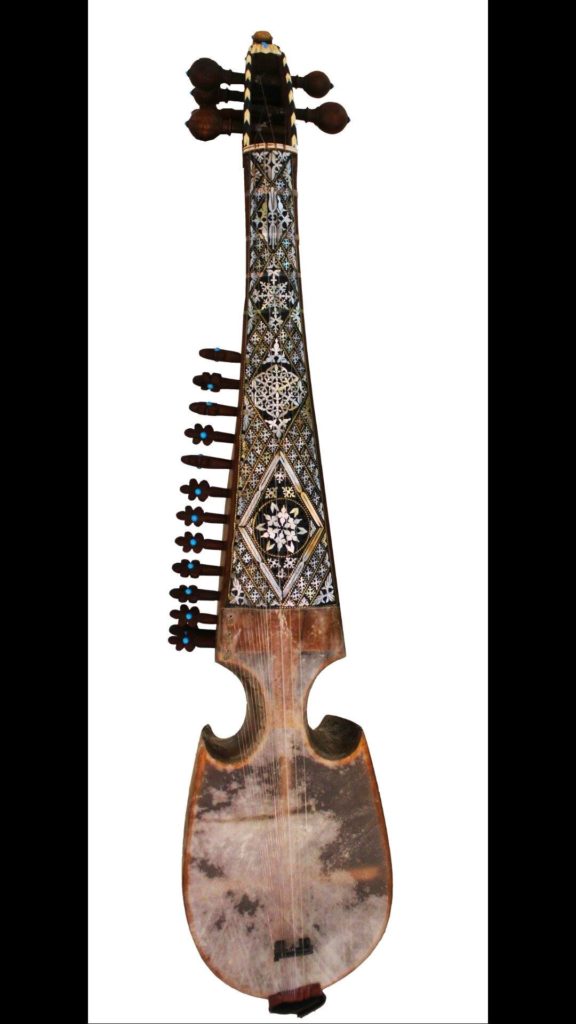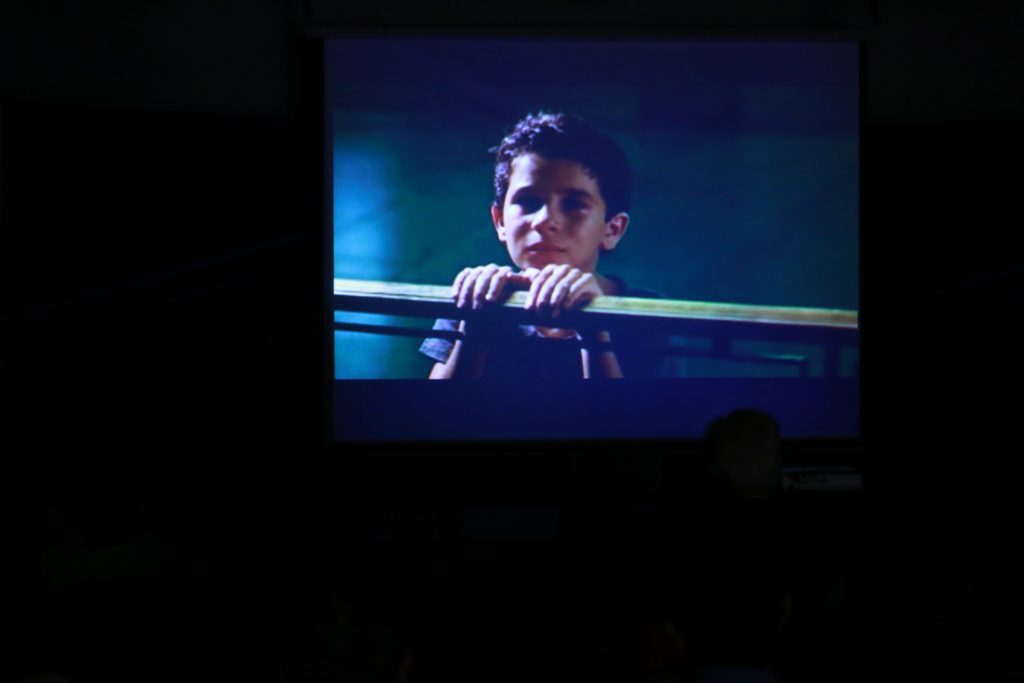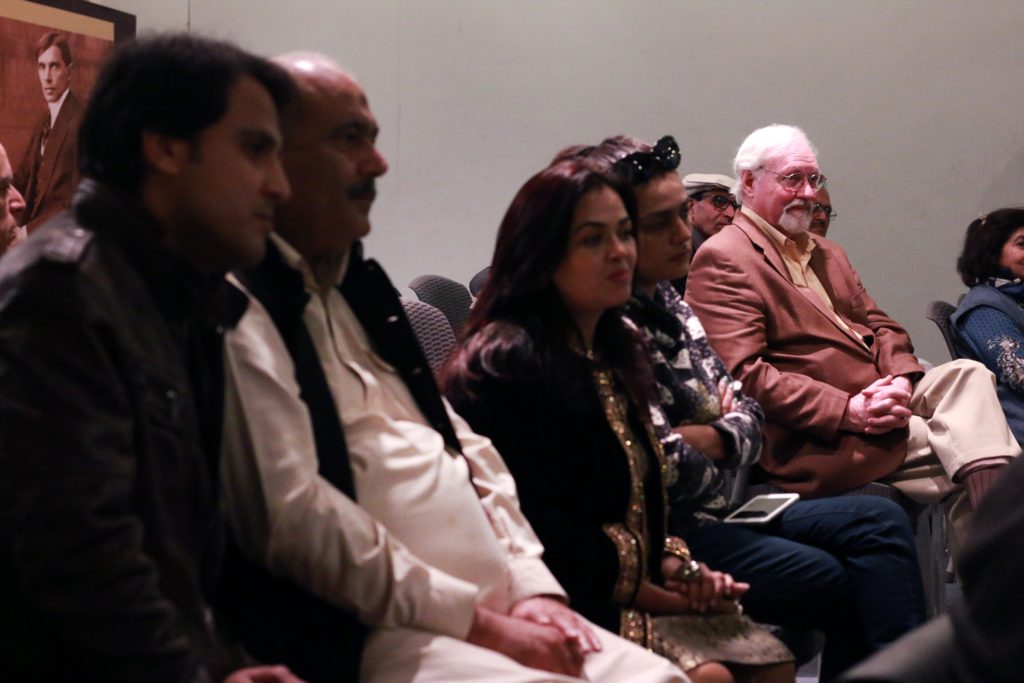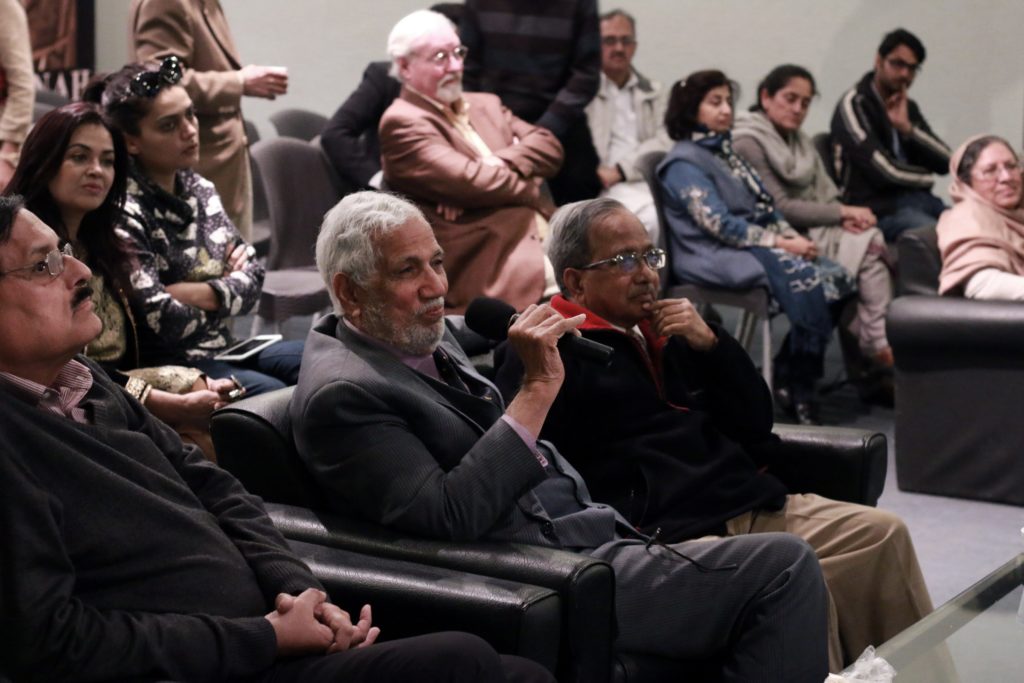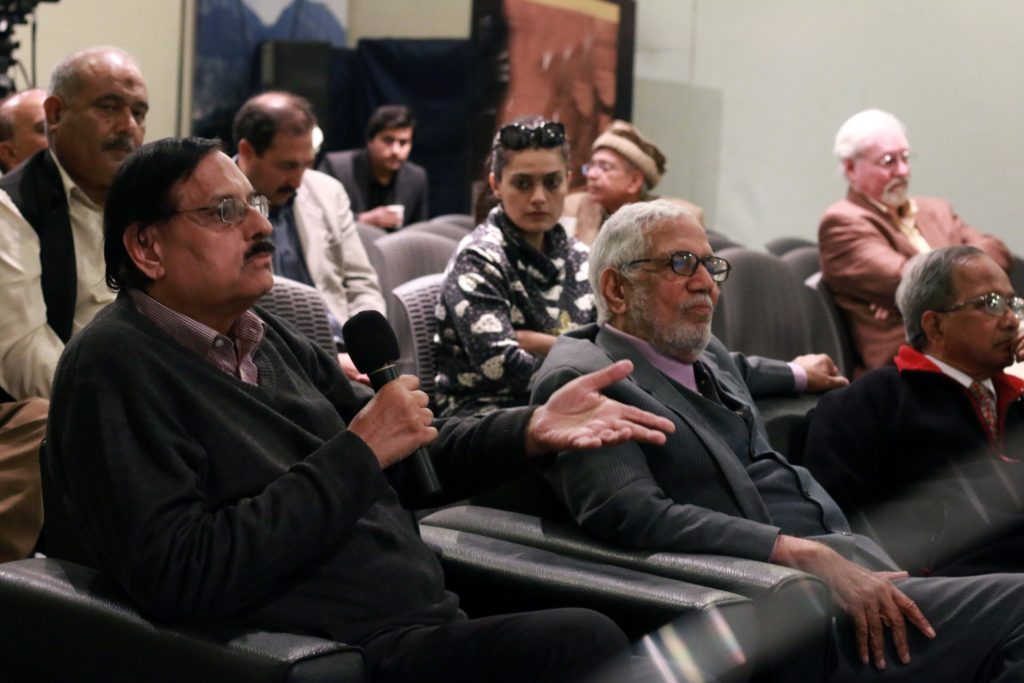A SHORT DESCRIPTION OF “RABAB” BY MARINA KHAN
“Without music, life would be a mistake.” Friedrich Nietzsche, Twilight of the Idols.
With the evolution of mankind nature inspired man by uttering different sounds. Human being started thinking and the best thing to sooth the deprived souls was the creation of musical instruments.
William Christopher Handy beautifully summed music in a sentence that “Setting my mind on a musical instrument was like falling in love. All the world seemed bright and changed”
Rabab is the national instrument of Afghanistan that is the reason its roots are very deeply penetrated in Pakistan too. KPK, Kashmir and Gilgit are the famous areas where Rabab is played and people are emotionally connected to the music it utters.
Rabab is made up of different components which are:
• Kassah which means bowl or shell
• Badanah (body)
• Safah (side)
• Dasteh (neck)
• Goshi (tuning peg)
• Sheitanak (nut)
• Seemgeer (strings below the corpus)
• Sar penjah (Taj or crown)
• Pust (Pelt or skin of goat)
• Kharak (bridge)
• Mezrab (plectrum)
• Mangassak (13 sympathetic strings of Rabab)
• Pardeh (fret)
• Strings (6 for melody and 15 for sympathetic)
In Pakistan the formation of Rabab in different areas is slightly different from each other. The formation of Taj is different in on the basis of which the instrument is categorized. Shahtoot and walnut wood is used in the formation of Rabab. Rabab is commonly used in classical and folk music. Now even in modern Pop music Rabab is used along with other instruments.
In Pakistan the affiliation of Rabab with people and artists is not new. In the meadows of KPK, at the rocks of Baluchistan and from the lavish green mountains of Kashmir and Gilgit Baltistan the mesmerizing sound of Rabab goes right in to the heart of people.
Famous Rabab players in Pakistan are Ghulab Afridi, Waqar Attal, Shahid Malang, Amjad Malang, Bilal Khan, Adnan Haider and many more. Young generation is also showing eagerness to learn the tactics of Rabab.Lok Virsa is proudly contributing to spread the culture of Rabab. We have talented Rabab player Adnan Haider is also taking Rabab classes at Lok Virsa.
- Published in Blog
“THE LEGENDS ARE CELEBRATED” BY ANAM MUMTAZ
“I am not a man or a woman; I am a vehicle for passion…” (Queen of Sufi music Abida Parveen)
Folk music is a source to carry traditions, feelings and emotions of the people of a country. Pakistan is rich in cultures and languages and there is no dearth of melodious folk songs which were sung for different occasions. Folk music of Pakistan is slow, relaxing, based on sweet lyrics representing the image of the local people. Lok Virsa has been promoting folk singers and took a number of initiatives to promote rich regional folk music of different areas of Pakistan. Lok Virsa also dedicated its two halls to famous legendary folk singers “Zarsanga” a Pashto folk singer and a Sindhi folk music legend “Mai Bhagi” on the occasion of International Women’s Day. Lok Virsa also introduced a new emerging folk singer of Sindh named “Shamo” who sings as sweet as Mai Bhagi.
Dr. Fouzia Saeed,Executive Director of Lok Virsa, said at the inauguration ceremony of Zarsanga Hall on 17th February 2017 that “It is unfortunate that women are disappearing from folk music, but Lok Virsa is providing a platform that enables the mantle of folk music to be passed on to the new generation.”
Executive Director Lok Virsa, Dr. Fouzia Saeed with folk singer Zarsanga at the inauguration ceremony of Zarsanga hall.
Zarsanga Jan, the ‘Queen of Pashtun Folklore’ is that force in our folk heritage which has defied odds to conquer her erroneous homeland and win the hearts of many. Born in Zafar Mamakhel in Lakki Marwat, Zarsanga belonged to the nomadic tribe called Kutanree which travels between Dera Ismail Khan and Peshawar. Being illiterate she was unable to sing ghazals and thus concentrate on gharhi and folk songs which are popular among Pakhtoons.
She had also won an international voice competition in Germany organized by Dr. Kabir Stori of Pakhtoon Social Democratic Party.
Zarsanga Jan is singing “Tappa” for the audience
“Lok Virsa feels proud today that we are celebrating a legend Zarsanga, and her services for the Pashto folk music but this is not the end of it and we will keep promoting and celebrating emerging folk singers.” Executive Director Lok Virsa said.
Zarsanga Jan “Queen of Pashtoon Folklore” was Happy and Thanked Lok Virsa for acknowledging her Services for Folk Music
On International Women’s Day, March 8, 2017 Lok Virsa dedicated a hall to the legendary folk singer Mai Bhagi (Late) to honor her services for Sindhi folk music.The legendary Sindhi singer Mai Bhagi (Late) was born as Bhag Bhari, the only female singer from Thar who was recognized on national level in Pakistan. Her songs were recorded by radio and TV and later were released on cassettes. She began to sing Thari songs as a child. Mai Bhagi grew up in a small village surrounded by the vast and unforgiving Thar Desert. Mai Bhagi’s “Kharee neem kay neechey” is one of the most famous songs ever to emerge from the desert that became a national mainstream hit and turned Mai Bhagi into a Sindhi/Thari folk star.
“Lok Virsa will keep supporting folk singers, especially women in folk music and dance. We are proudly bringing new talent at Lok Virsa like “Shamo”, an emerging folk musician from Sindh.” Executive Director, Dr. Fouzia Saeed said at the inaugural ceremony of Mai Bhagi hall.
Executive Director Lok Virsa, Dr. Fouzia Saeed and Sindhi folk singer Shamo unveiling the plaque of the hall named after Mai Bhagi
The inauguration ceremony and concert were graced by Ramesh Kumar, Member of the National Assembly of Pakistan, who shared his views on the rights of minorities as well as women singers and workers making their way up in the society and modern world. He also commended the talented voice of the young singer “Shamo” shadowing the legendary voice of Mai Bhagi. He also said that we should encourage and support Shamo to reach the heights of popularity while enhancing her voice as well as promoting folk music.
Ramesh Kumar is enjoying the concert of Shamo
Emerging folk musician Shamo, who is from Dewan Laal, Sanghar, in Sindh, was little confused and gave a beatific smile before she started her performance with Bhajan, and later on, she sang in eight different languages and surprised the audience with her tuneful voice. Everyone who has heard this magnificent projection of calmness often ends up an ecstatically.
Folk Artist Shamo is Playing Harmonium and Singing Bhajan
The Serene Voice of Shamo Forced the Audience to Dance
The concert received huge audience response congratulating Lok Virsa’s efforts in highlighting the importance of women in the society and bringing it to the world.
- Published in Blog, Uncategorized @ur
مارچ اور اپریل میں آنے والے پروگرامات
Dear All,
Please note and mark the dates of events in the months of March and April 2017. We have an exciting lineup of events so don’t miss any.
- Published in Upcoming
بسنت گلوکاری مقابہ 2017 کی جھلکیاں
- Published in Uncategorized @ur, Video Post
برازیلین فلم (سنٹرل دو برازیل) کی نمائش
- Published in Photos
کلچرل مورل وال پینٹنگ بائے صابر نظر اینڈ ٹیم
- Published in Uncategorized @ur, Video Post
